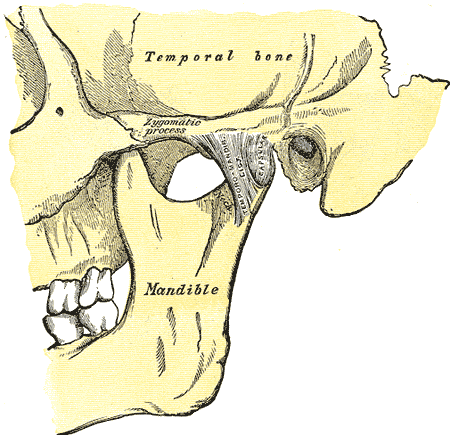nalco group
bone, muscle & joint pain physio
BOOK NOW / WHATSAPP ABOUT YOUR PAIN OR INJURY
- NOVENA 10 Sinaran Drive, Novena Medical Center #10-09, Singapore 307506
- TAMPINES 9 Tampines Grande #01-20 Singapore 528735
- SERANGOON 265 Serangoon Central Drive #04-269 Singapore 550265
Home > Blog > Jaw Pain > Can Physiotherapy Treat My Jaw Pain?
Can Physiotherapy Treat My Jaw Pain?
Jaw pain can be caused by one of two:
- jaw problem itself ie temporomandibular joint (TMJ) or
- referred pain from surrounding/nearby structure to the jaw
temporomandibular joint trigger point

Temporomandibular joint dysfunction (TMD) is a general term that refers to pain and/or dysfunction of the biting/chewing muscles (medically termed as mastication muscles) which are the muscles that move the jaw up-down, side-to-side.
Usually the most important feature is:
- presence of jaw pain
- decreased mandibular (jaw) movement
- noise eg clicking from the temporomandibular joint especially during jaw movement
What our senior physiotherapists will do in this case is that we will assess the tightness of your temporomandibular joint (TMJ) as well as any tenderness/pain with palpation. We do this to determine if it's the muscle itself has been overworked and developed a sensitive/activated trigger point.
If it's truly confirmed that it's a trigger point (see below for more explanation on trigger point; refer to trigger point release therapy here), we will then start the treatment of deep tissue release that seeks to release the tightness of the trigger point. It will usually take 2-6 sessions to resolve this jaw pain, though some patients may need more sessions over a longer period of time.
What are trigger points?
Trigger points are very tight, sensitive and irritable spots in muscles are have very tight and palpable nodes in the muscle fibers. Trigger point researchers believe these nodes to be very tight muscle knots and are a very common cause of pain.
Pressure on such trigger points may cause patient to experience:
- local tenderness (pain)
- pain that travels elsewhere
- local muscle twitching
Trigger point theory explains that unexplained pain are pain that are referred from other trigger points nearby.
referred pain into your jaw
If we assess and deemed that there is little to no trigger point tightness within your mastication muscles itself, then the next would be to determine if your jaw pain could be referred pain from the muscles of the face and/or jaw.
These are the muscles that can have trigger points that can refer pain to your jaw:
#1 The Sternocleidomastoid Muscle (medically abbreviated to SCM muscle)
Our sternocleidomastoid muscle is a muscle that connects:
- sternum
- clavicle
- mastication muscle
together, and is located just at the front of your neck. In fact, if your SCM is very obvious, you may be able to see a pair of muscles at the front-sides of your neck that is a V-shape.
Our sternocleidomastoid muscle has the following functions:
- helps you bend your head forward
- helps you bends your head to one side while
rotating the head to the other side
This is the very same muscle that also tend to get injured/whiplash if you're driving and someone drives into your car from behind.
Our SCM has two very specific referred pain patterns from active trigger points:
- Around the eyes, base of skill and to the jaw/jaw area
- Ear and forehead
#2 The Lateral Pterygoid Muscle
Our lateral pterygoid muscle is a deep jaw muscle and serves to enable
- correct/accurate joint mechanics
with jaw closing and
- allow the lower jaw to protrude forward
This muscle can be overloaded/overactivated due to early teeth biting and pain from trigger points in this muscle is experienced over our cheeks (a bit similar to sinus pain).
If you want to, you can feel/palpate for this muscle by sticking your finger to the area behind the back of your furthest molar teeth.
#3 The Medial Pterygoid Muscle
This is also another of our jaw muscle, on the other side of the lateral pterygoid muscle.
Its main function is to lift/elevate the lower jaw eg when chewing or biting. If/when there a trigger point in this muscle, you can feel the pain inside the mouth at:
- tongue
- hard palate
- throat area (sometimes)
- jaw
- lower jaw
- swallowing (sometimes)
